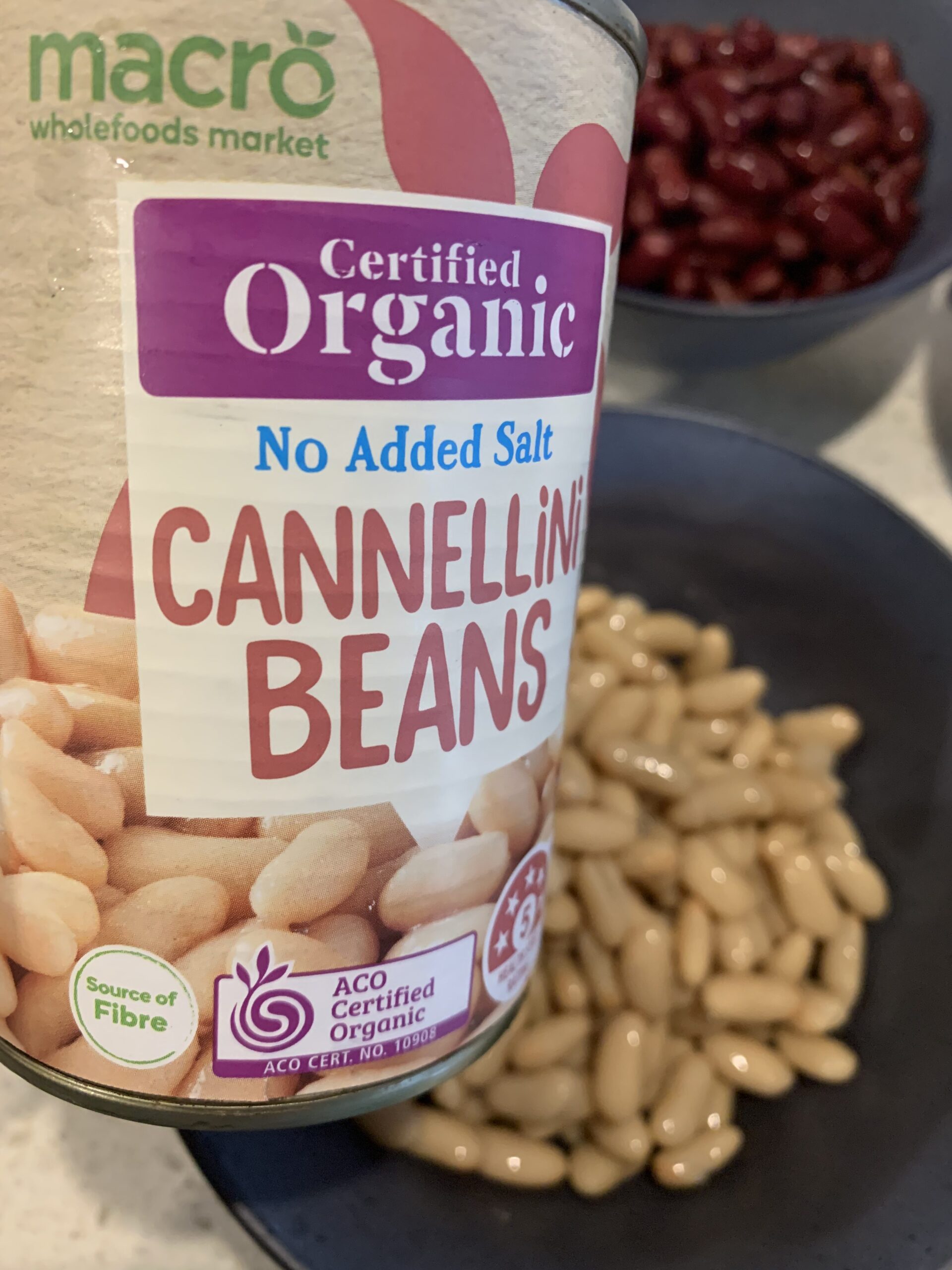11 August 2021
Canned beans and lentils are great…however…

Back in September 2020 we wrote about the pros and cons of canned vs. dried product. With our recent introduction of individually quick-frozen (IQF) product in 10kg bags we wanted to further explore how well the canned product was performing.
In the supermarket and in our test kitchen, we explored:
-Range limitation
-Taste and texture
-Freezing portions
-Leftovers in the fridge
-Dealing with waste
-Labelling and nutrition
We assumed that regardless of the brand we would get similar performance, so we are not evaluating the specific companies' product.
Our result was if you are short on money, short on time and are making a recipe portion that exactly matches the quantity available in a canned product then they are an option – but you will be limited in both the range of recipes you can cook, flexibility of portions you cook and need to be confident that the cans you are using are actually being recycled.
Range limitation
Firstly, although we see no salt, salted, organic and non-organic the actual range of products available in the supermarket is very constrained. Generally, Cannellini (White Kidney), Dark Red Kidney Bean, Mexican Mix (Small Red Beans probably), Black Beans (Black Turtle Bean) and Lentils (we think Whole Red Lentils Skin-On).
This is a fraction of the choices for dried product where you can get French Puy Lentils, Red Split Lentils, Spanish Lentils, Black Beluga Lentils, Great Northern Beans, Light Red Kidney Beans, Blackeye Beans amongst many others.
Taste and texture
The images tell the story. The liquid in the cans is gluggy and until the product is well rinsed their appearance is less than attractive. From a texture point of view, we noted a slightly mushy feel and a lack of distinct crunch on some products where they are often prepared in a more al dente fashion by chefs – for example, the cannellini bean.
Taste was good once rinsed. Since we expect all canned products are going to be used in recipes with spices and other flavorful ingredients, we suspect that taste is not the biggest barrier to use.
Freezing portions
A lot of blogs refer the technique of freezing the unused product from a can. Our experiment with this was not positive. Despite rinsing, leaving the product to dry and then drying the beans in kitchen paper towels they froze into a solid block in the freezer. This tells us that the moisture levels are high and that as they freeze that moisture is expanding out of the bean. The only way to freeze canned product would be to break it into exact portions required for future recipes and store in separate bags. However, it was not fun.
Leftovers in the fridge
Within 3 days we noticed a distinct smell coming from the sealed containers in which the canned product was stored. Although when opening that sealed container, we didn't see any mold, the smell of the product was unattractive enough that we immediately threw it out. Our assumption being that we wouldn't use product out of a can long after it was opened. This again points to the reason tiny cans are sold in packs of 4 and that most recipes indicate use of an entire can.
Waste
The most painful part of our experiment. Washing the opened cans. Waiting for them to dry and then disposing of them in our recycling. They took up a lot of room. It was surprising difficulty to sometimes dislodge a few stubborn beans at the bottom of a can and if you were cooking with these multiple times during the week, you would quickly find yourself creating a tower of cans. We also had to throw out the product stored in the fridge.
Labelling and Nutrition
Interestingly you really have no idea where the lentils and beans in the can come from. A quirk of country-of-origin rules mean that if the product is being "substantially transformed", i.e. cooked and canned you can just list the country of manufacture. So, we have no idea whether the Product of Italia has a Red Kidney Bean from China, Canada or grown locally in Italia. Same goes for Lentils.
We also noticed variability in nutrition claims with regards to whether the nutrition was in total for the canned or the drained and rinsed product. We did a bit of desktop research to figure out how accurate the nutrition information on the can is. Although you must rinse the product evidence seems to point to some loss of Nutrional value.
Diane McKay, PhD, an assistant professor in Tufts’ Friedman School, says: “Many recipes advise rinsing and draining canned beans, which reduces sodium (by 41%, on average, in one study). However, some of the minerals beyond sodium and certain vitamins (such as folate and other B vitamins) that are soluble in water also leach into the liquid part of canned beans. So, portions of these nutrients are lost by draining and rinsing (example, right). But there are still plenty of nutrients left in canned beans after rinsing and draining, including a good amount of fiber."
However, for those tracking FODMAPs, canned product that is rinsed is known to be lower as some of the so-called gassy fibers are in the aquafaba water that is rinsed from the beans.
There are only so many nutrition facts you can put on a can.